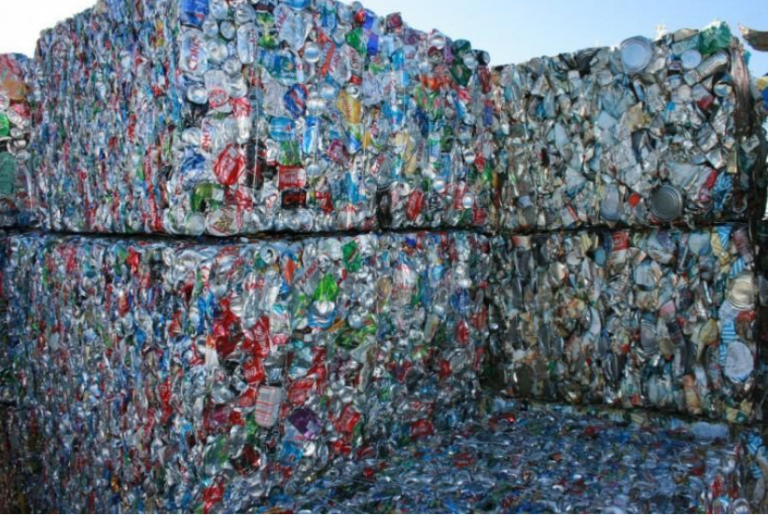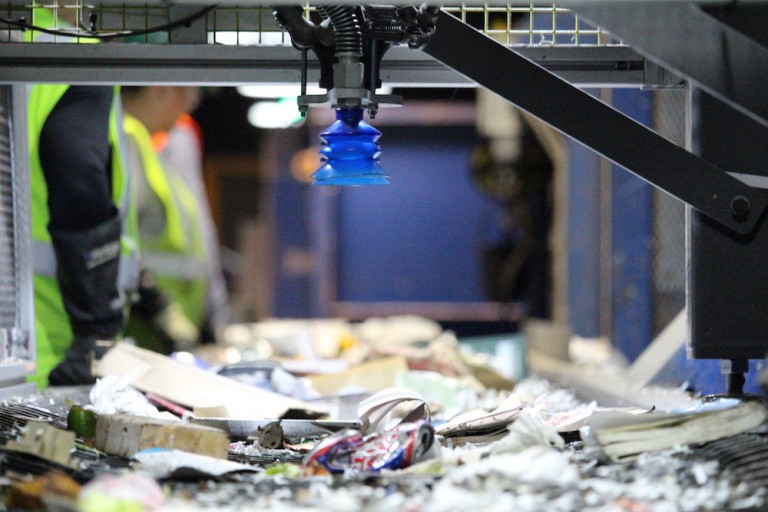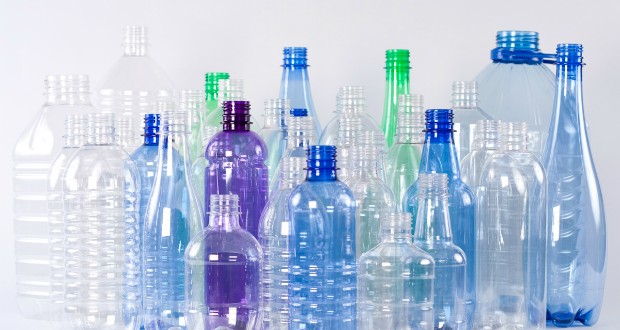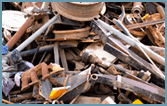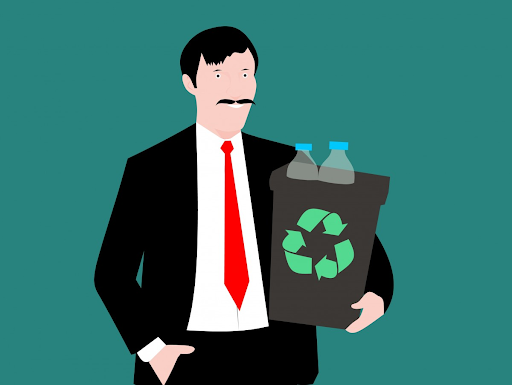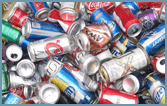How do you crawl from smearing on plastic material?
Plastic has been all around us since the middle of the last century, when its mass production began. The new material is quickly becoming popular as a good alternative to, for example, glass and porcelain.
Gradually, plastic is becoming more and more popular in various production areas due to its main advantages such as lightness, durability and ability to take various forms. Thus, in just a few decades, world plastic production reaches levels of 400 million tons per year.
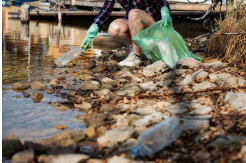
Today, however, we all know that the durability of plastic is far from its biggest advantage when it comes to the environment. Moreover, its recycling is extremely insufficient and reaches only 10%. Environmentalists are adamant that if the use of plastic products is not limited, they will literally “flood” us.
Environmentalists have calculated that if current production rates are maintained, in 2050 . plastic is in danger of being more than fish in the sea. It is estimated that such waste will reach an impressive 12 billion tons. No less worrying is the fact that the world’s most common waste is plastic.
In recent years we have witnessed various eco-campaigns that appeal for the purity of nature. Their organizers are not only citizens and non-governmental organizations, but also state administrations. Recently plastics have officially entered the list of hazardous waste of the UN.
Of course, this does not mean that humanity has completely renounced plastic. It is important to clarify that there is a clear distinction between degradable, recyclable, reusable and disposable plastic. Understandably, the one that cannot be recycled is the most dangerous for the environment.
Why is plastic waste dangerous?
The biggest problem with most plastic waste is its non-degradability. This means that some of the products made of such material accumulate in large quantities in nature and “poison” the environment.
The main raw material from which plastics are made is oil. In order to produce a disposable product, because 40 percent of plastic products are exactly like that, additional substances such as polypropylene, polyvinyl chloride, polyethylene terephthalate, etc. are used. For example, plastic bottles, which are used daily by humans, contain over 24,000 chemicals.
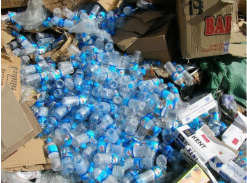
The entire ecosystem of the Earth suffers from microplastic particles. It has been proven that there is plastic waste that literally takes several centuries to self-degrade. It is shocking that for most such products they decompose in an average of 400 years.
Plastic bags, packaging, caps and a bunch of other plastic products sometimes get into the digestive system of birds, fish or mammals and this is often the cause of their death. Every year, more than 100,000 marine animals fall victim to plastic waste, environmental activists say.
Because such garbage is most often collected in water spaces, there are already “floating islands.” From there, they enter the body of aquatic animals, which harms not only them but also us humans.
In the North Pacific, floating debris weighs nearly 4 million tons . Only 20 percent of them are not plastic products. Recently, world scientists have found the presence of tons of waste on the bottom of the North Sea.
No less a problem is that under the influence of the sun and water, some plastic waste decomposes and becomes microparticles that fall into the soil, water and from there into our food.
Last week, the EU formally adopted a ban on the production and use of single-use plastics. This includes items such as plastic plates and utensils, straws, balloon sticks and ear sticks.
Reduction of plastic waste
Recycled and biodegradable plastics are increasingly being talked about. These are products that contain degradable polymers. It is characteristic of them that they can decompose in natural conditions. There are also plastic products that contain bio-polypropylene and polystyrene. However, they are not degradable at all. Rather, renewable sources have been used in their production.
There are also a number of legal requirements in the EU aimed at restricting certain products identified as harmful to humans and nature. Bulgaria also applies European legislation in this area. Currently authorized for use are:
- plastic bottles
- bags
- cups
- food containers
- packaging wet wipes
- cigarette filters are allowed for use.
But after July 2021, plastic straws, ear sticks, styrofoam cups and containers, beverage stirrers, balloon handles, oxo-degradable plastic products are no longer available.
How to reduce plastic in your daily life?
The problem is with the mass use of such products in the home. Increasingly, citizens are being urged to limit plastic themselves, especially for single use.
One of the regular recommendations is not to use plastic bags and sachets to be replaced with your own fabric bag. Or use the plastic bag more than once, which is estimated to now “live” for an average of 15 minutes. This also applies to plastic cutlery or boxes that can be replaced with non-plastic ones.
Plastic waste also causes economic losses because only 5% of products are reusable. The world will increasingly face the choice to reduce plastic waste. The measures envisaged so far include increasing recycling and banning some plastic products.
In Europe much of the plastic waste goes to landfills or is incinerated, but only 30 percent of the waste goes to recycling, which is the big problem. This in turn leads to losses and pollution of the environment. According to production estimates, the material used for plastic packaging loses about 95 percent of its value after initial use.
Among other things , the production and combustion of plastics generates 400 million tonnes of carbon dioxide per year. The safest salvation at the moment is to increase recycling more and more.

